02 November 2025
In the car industry, there’s a well-known trend of replacing physical buttons with touchscreens and touch surfaces. The idea behind this is that the same space can be used to control different settings in the car. This approach reduces manufacturing costs and gives the interior a cleaner, more minimalistic look.
Despite their clean and elegant appearance, the downside of using touchscreens is that we can no longer rely on muscle memory to find controls. A common example is the car’s climate system. If you want to increase or decrease the temperature and there’s a physical knob to do it, you don’t need to take your eyes off the road. Your proprioception—which tells your brain where your hand is—combined with tactile feedback, is enough to locate the knob easily.
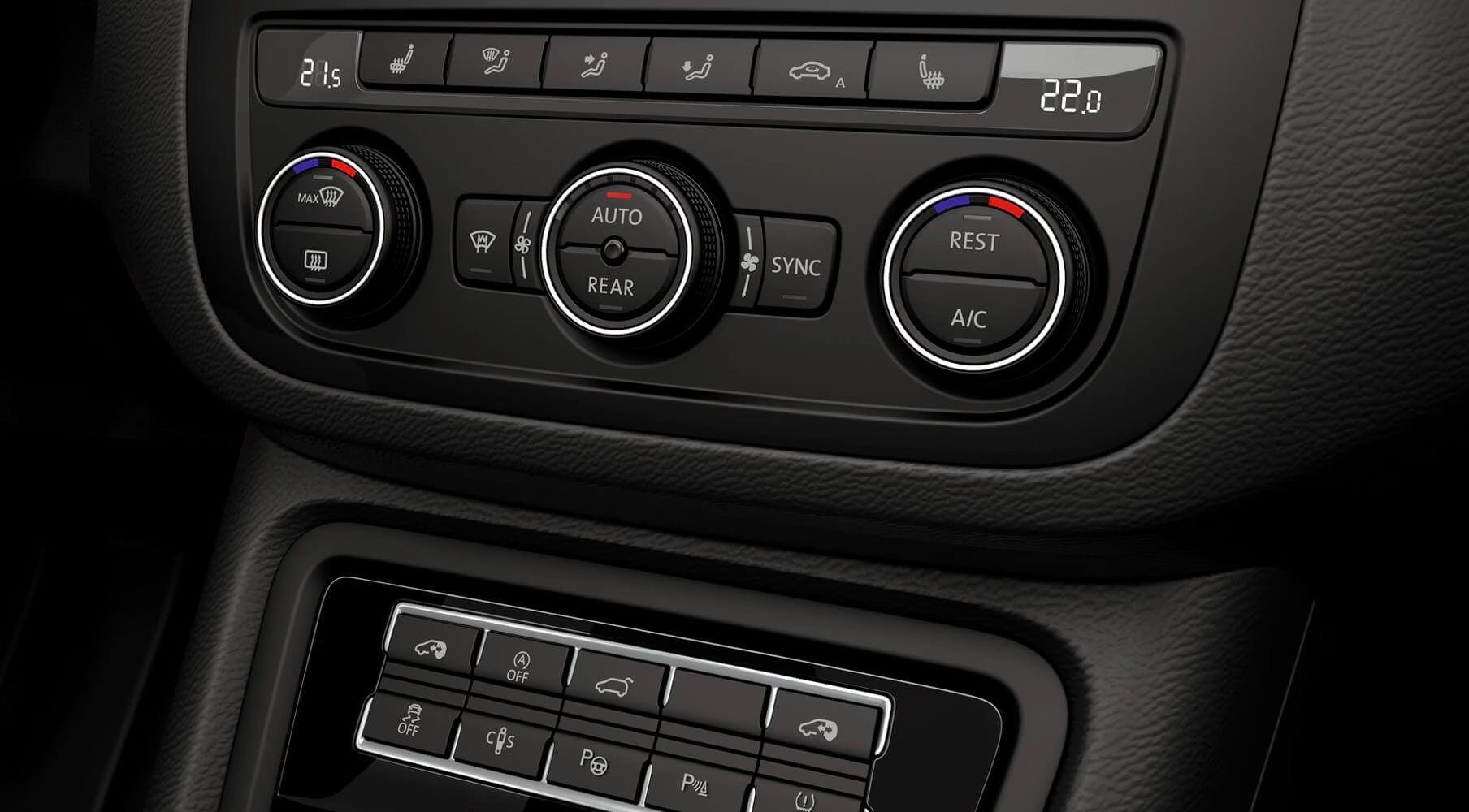
With touchscreens, this is no longer possible because a flat surface provides no tactile feedback. You might be able to move your hand to the general area where the virtual climate controls should be, but you can’t be sure without looking. To make matters worse, some cars even require you to press an extra button—like “Change climate”—before you can access the actual controls.
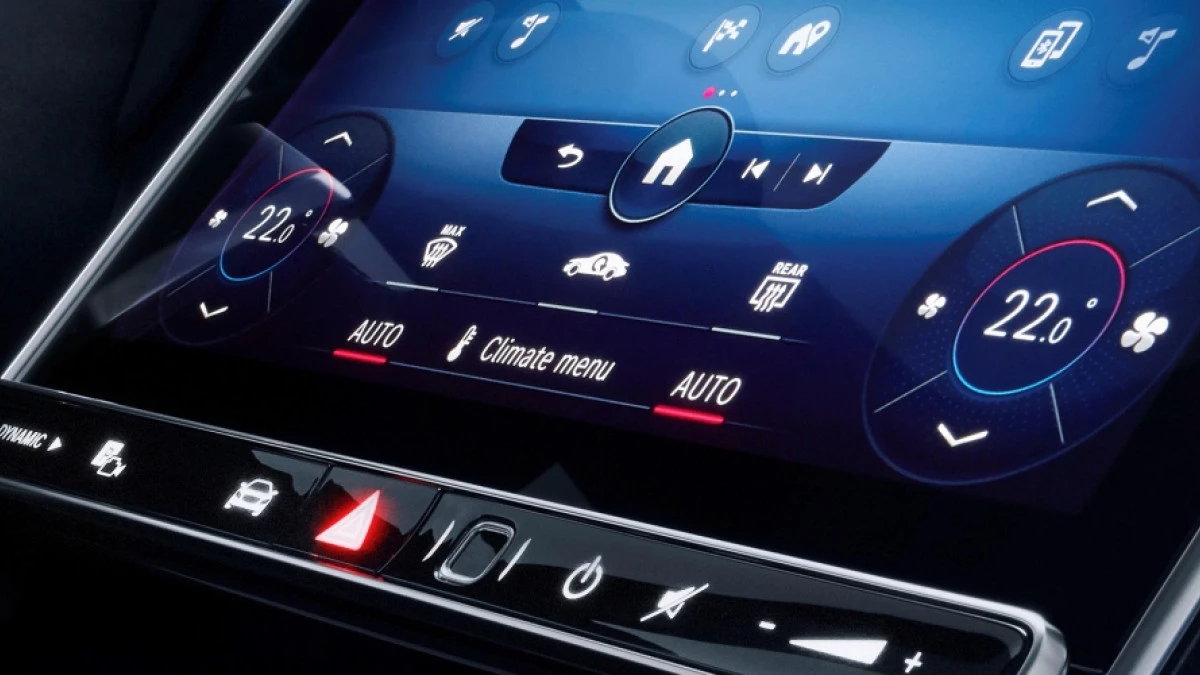
I love physical buttons that don’t distract me from the main task of driving. Unfortunately, this is a lost battle. Despite [evidence showing that physical controls are faster and safer](https://etsc.eu/physical-buttons-outperform-touchscreens-in-new-cars/?utm_source=rubenvazquez.me, most car manufacturers are choosing virtual ones. Some companies still defend physical buttons, citing their own research proving that they’re easier and safer to use—Mazda being one of the last to resist replacing them with large screens. However, product research is quite clear: users perceive higher quality in cars with bigger screens. So, touchscreens it is.
Touchscreens are worse than physical buttons because they don’t offer the same level of tactile feedback, while physical buttons are worse than touchscreens because they lack flexibility—once the car is manufactured, their position and size can’t be changed.
However, car engineers still managed to find an even worse solution: capacitive surfaces.
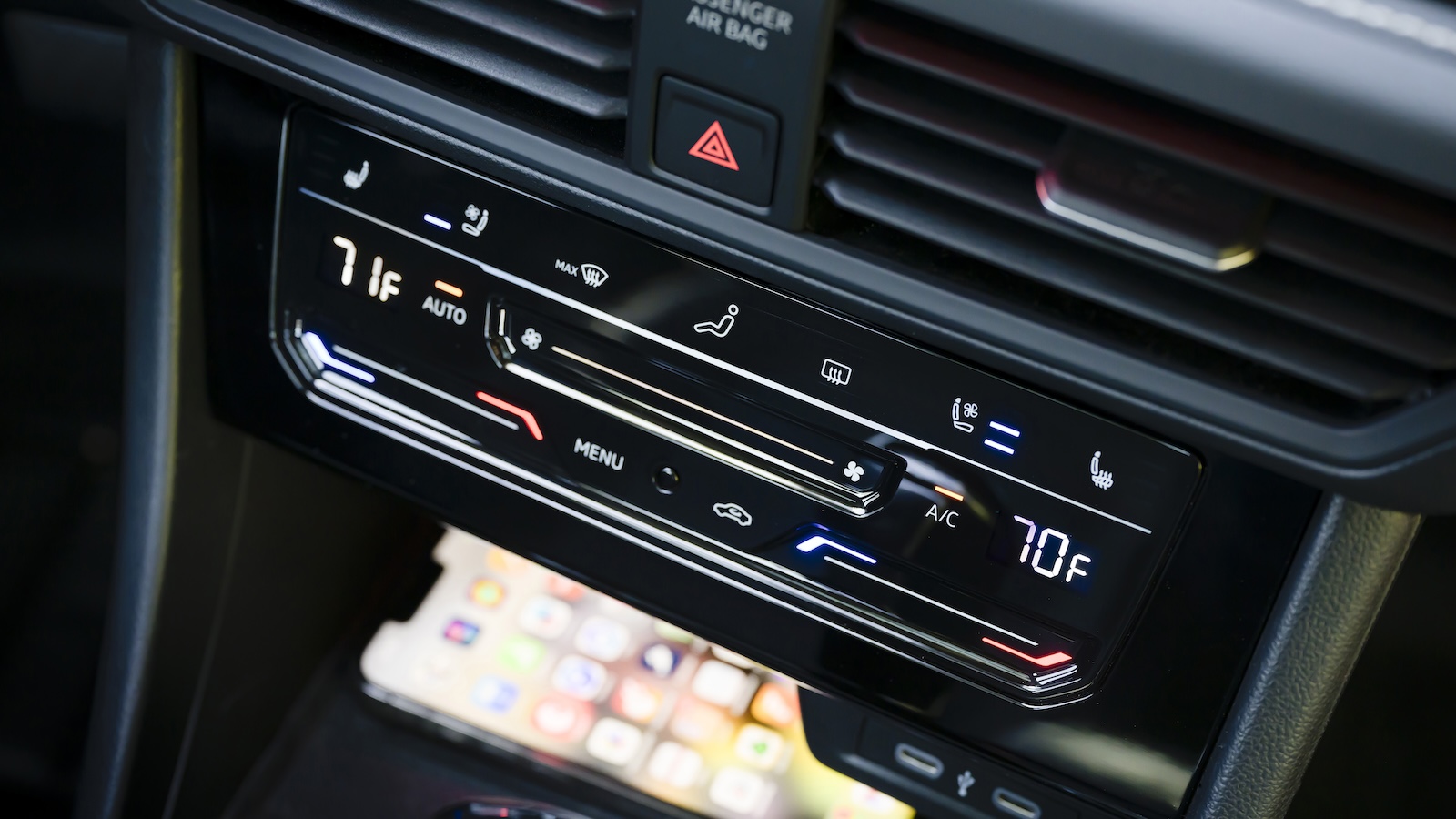
A capacitive surface is a rigid panel that offers no flexibility, like physical buttons, and no feedback, like touchscreens. These controls have repeatedly been rated by automotive journalists as some of the worst ever installed in a car—and a constant source of frustration.
Volkswagen deserves special mention here for creating what is probably the worst interface in human history: the one found in the ID.3 and ID.4. They took the worst option and applied it everywhere.
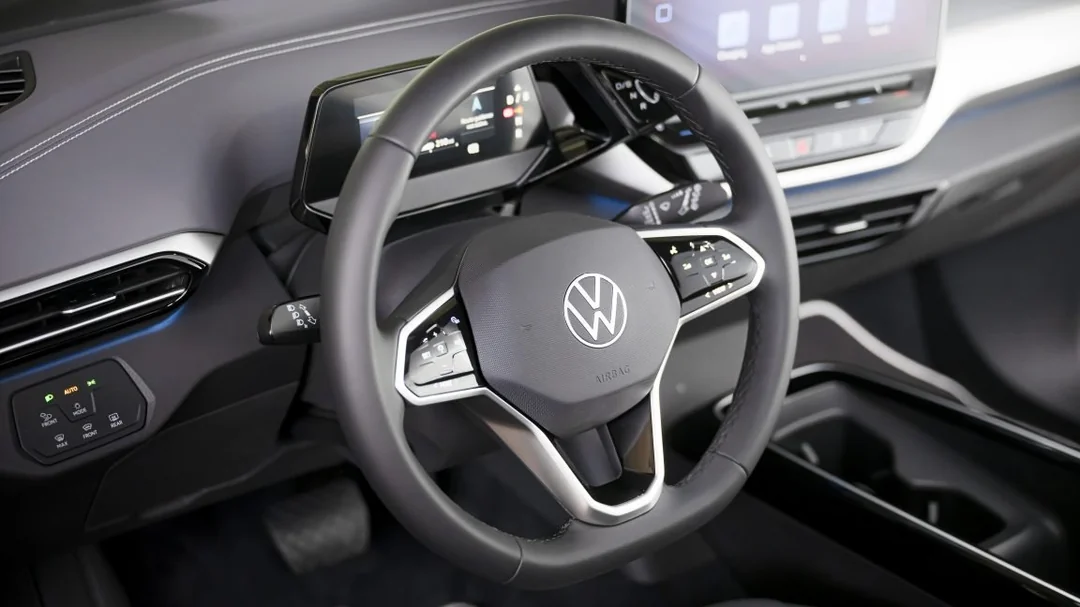
In recent models, Volkswagen has been quietly bringing back physical buttons. However, if you search online, you’ll find countless users complaining about accidentally triggering the steering wheel buttons—or struggling with them because they don’t work properly when your hands are sweaty or dirty.
Cars are probably the easiest example to explain this trend, but my biggest frustration doesn’t come from my car—it comes from everyday gadgets.
Take the induction stove, for instance. You probably have one at home. It’s an area that’s usually dirty, wet, or covered in grease stains. And yet, at some point, someone asked: “What’s the best possible control system for this environment?” and someone else proudly answered: “Capacitive touch controls! And let’s put them right next to the heat!”
So now, when you’re boiling pasta and a few drops of water splash onto the controls, the stove turns itself off, locks up, and refuses to work again. It starts beeping for no reason while you clean it, and if your hands are even slightly dirty—which they always are when you’re cooking—it just ignores your desperate button presses.

Still, I can understand why capacitive buttons might make some sense on induction stoves. Cleaning a flat surface is obviously easier than scrubbing around four greasy plastic knobs.
But this week, I bought a dehumidifier. A dehumidifier that does an excellent job at its main task—dehumidifying. And yet, in just one week, it’s become one of the most frustrating gadgets I’ve ever owned. I have to hit the capacitive panel repeatedly because it doesn’t always respond on the first try. Sometimes I tap it three times, thinking nothing happened, only to realize it actually did—I just had zero feedback to know it.
And that’s not all. I can’t even use it in the dark because I can’t find the buttons. I know the general area where they are, but it’s impossible to land exactly on the microscopic 0.5 cm square you need to press. Worse still, you need a lot of light, because the designer decided that a pale gray label on a white background was a good idea. Without strong lighting, you can’t even tell what each button does.

Unfortunately, I see this trend of replacing physical buttons with touch-sensitive surfaces everywhere—on washing machines, fans, coffee makers, even light switches. I’m not sure if this is driven by user preference or simply because it’s cheaper to manufacture. Either way, if there were a way to reverse it, I’d gladly help push in that direction.
I even wonder if there should be regulations about this. It makes no sense that visually impaired users—or anyone, really—should struggle to operate something as basic as a household appliance.
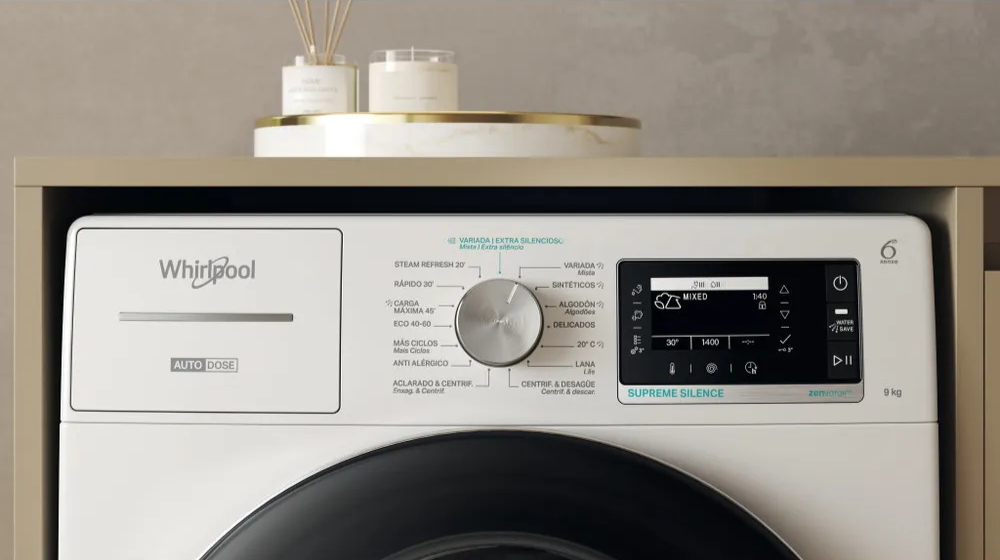
One thing we can do as users is choose gadgets that still have physical buttons—ones we can operate in the dark and without needing to look at them.
Let’s fire the industrial designers behind this awful trend.